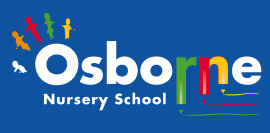Physical Development
A Prime area of learning broken down into two strands. Outdoor play, gross motor activities, climbing, balancing, jumping, wheeled vehicles, pathways, running games. Malleable materials & tools, scissors, fine motor activities, construction, mark making, equipment safety, bat & ball skills Health & Self-Care.
Moving and Handling
Motivate children to be active through games such as follow the leader. Talk about why children should take care when moving freely. Teach children the skills they need to use equipment safely, e.g. cutting with scissors or using tools. Encourage holding objects/pencils between thumb and first two fingers. Encourage children to use the vocabulary of movement, e.g. ‘gallop’, ‘slither’; of instruction e.g. ‘follow’, ‘lead’ and ‘copy’.
Pose challenging questions such as ‘Can you get all the way round the climbing frame without your knees touching it?’. Talk with children about the need to match their actions to the space they are in. Show children how to collaborate in throwing, rolling, fetching and receiving games, encouraging children to play with one another once their skills are sufficient.
Self-Care and Health
Talk with children about why you encourage them to rest when they are tired or why they need to wear wellingtons when it is muddy outdoors. Encourage children to notice the changes in their bodies after exercise, such as their heart beating faster.
Talk with children about the importance of hand-washing. Help children who are struggling with self-care by leaving a last small step for them to complete, e.g. pulling up their trousers from just below the waist. Teach them about a balanced diet and making healthy/unhealthy choices.
